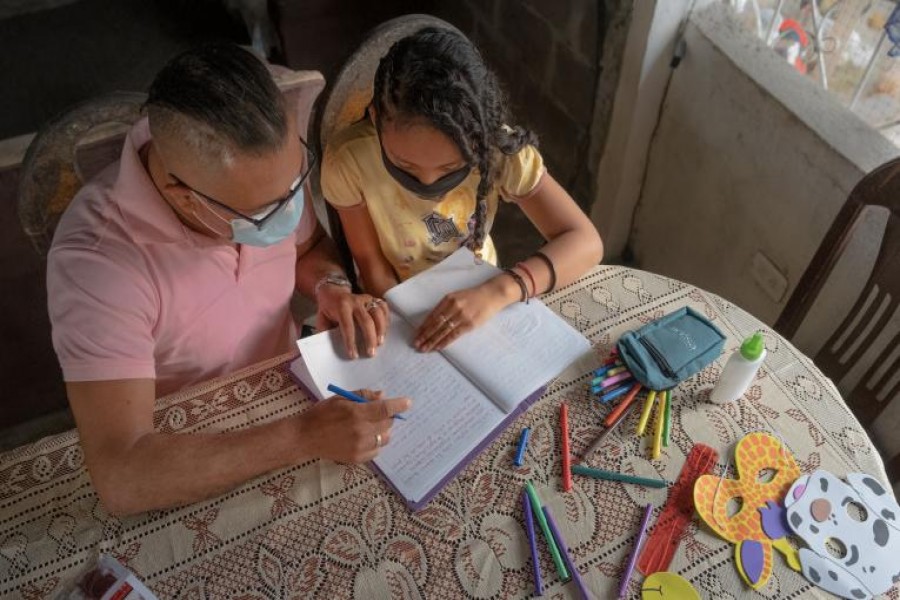This generation of students now risks losing $17 trillion in lifetime earnings in present value, or about 14 per cent of today’s global GDP, as a result of COVID-19 pandemic-related school closures, according to a new report published today (Tuesday) by the World Bank, UNESCO and UNICEF.
The new projection reveals that the impact is more severe than previously thought, and far exceeds the $10 trillion estimates released in 2020, according to a press release.
In addition, The State of the Global Education Crisis: A Path to Recovery report shows that in low- and middle-income countries, the share of children living in Learning Poverty – already 53 per cent before the pandemic – could potentially reach 70 per cent given the long school closures and the ineffectiveness of remote learning to ensure full learning continuity during school closures.
“The COVID-19 crisis brought education systems across the world to a halt,” said Jaime Saavedra, World Bank Global Director for Education. Now, 21 months later, schools remain closed for millions of children, and others may never return to schools.”
“The loss of learning that many children are experiencing is morally unacceptable. And the potential increase of Learning Poverty might have a devastating impact on future productivity, earnings, and well-being for this generation of children and youth, their families, and the world’s economies,” Jaime added.
Simulations estimating that school closures resulted in significant learning losses are now being corroborated by real data. For example, regional evidence from Brazil, Pakistan, rural India, South Africa, and Mexico, among others, show substantial losses in math and reading.
Children from low-income households, children with disabilities, and girls were less likely to access remote learning than their peers. This was often due to lack of accessible technologies and the availability of electricity, connectivity, and devices, as well as discrimination and gender norms.
Younger students had less access to remote learning and were more affected by learning loss than older students, especially among pre-school age children in pivotal learning and development stages.
The detrimental impact on learning has disproportionately affected the most marginalised or vulnerable. Learning losses were greater for students of lower socioeconomic status in countries like Ghana, Mexico, and Pakistan.
Initial evidence points to larger losses among girls, as they are quickly losing the protection that schools and learning offers to their well-being and life chances.
“The COVID-19 pandemic shut down schools across the world, disrupting education for 1.6 billion students at its peak, and exacerbated the gender divide. In some countries, we’re seeing greater learning losses among girls and an increase in their risk of facing child labour, gender-based violence, early marriage, and pregnancy. To stem the scars on this generation, we must reopen schools and keep them open, target outreach to return learners to school, and accelerate learning recovery," said UNICEF Director of Education Robert Jenkins.
The report highlights that, to date, less than 3.0 per cent of governments’ stimulus packages have been allocated to education. Much more funding will be needed for immediate learning recovery.
“We are committed to supporting governments more generally with their COVID response through the Mission Recovery plan launched earlier this year,” emphasised Stefania Giannini, UNESCO assistant director-general for Education.
“With government leadership and support from the international community, there is a great deal that can be done to make systems more equitable, efficient, and resilient, capitalising on lessons learned throughout the pandemic and on increasing investments. But to do that, we must make children and youth a real priority amidst all the other demands of the pandemic response. Their future – and our collective future – depends on it,” Stefania added.


